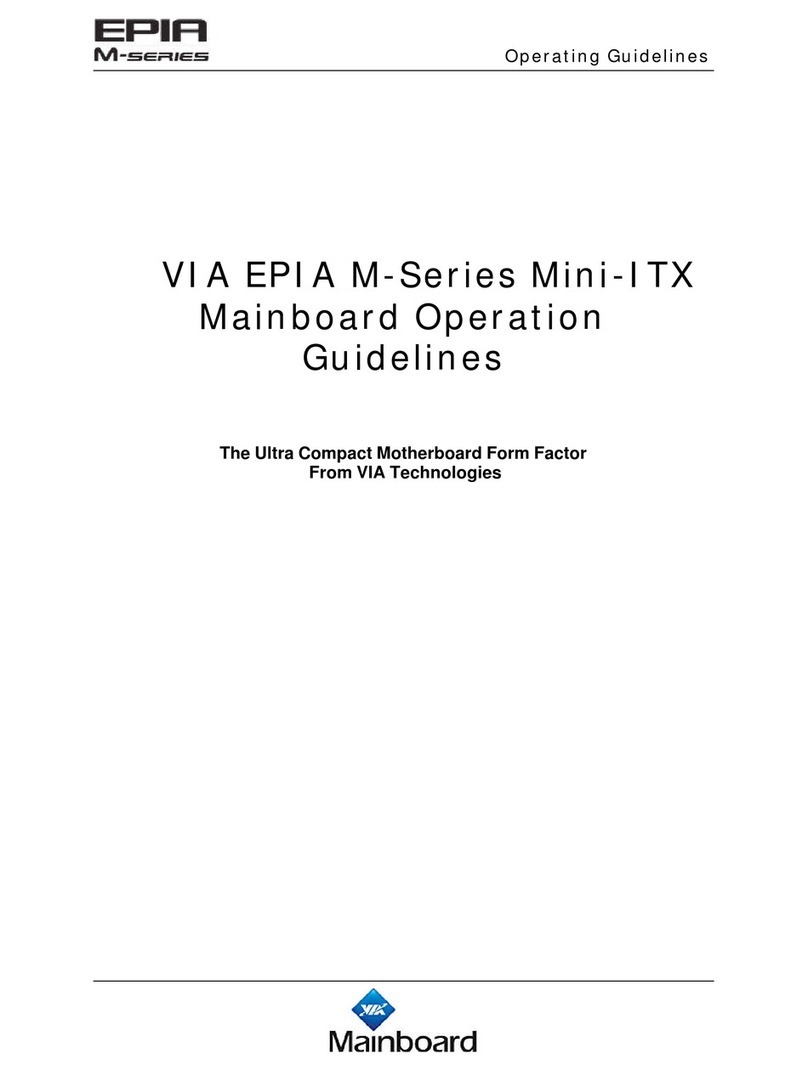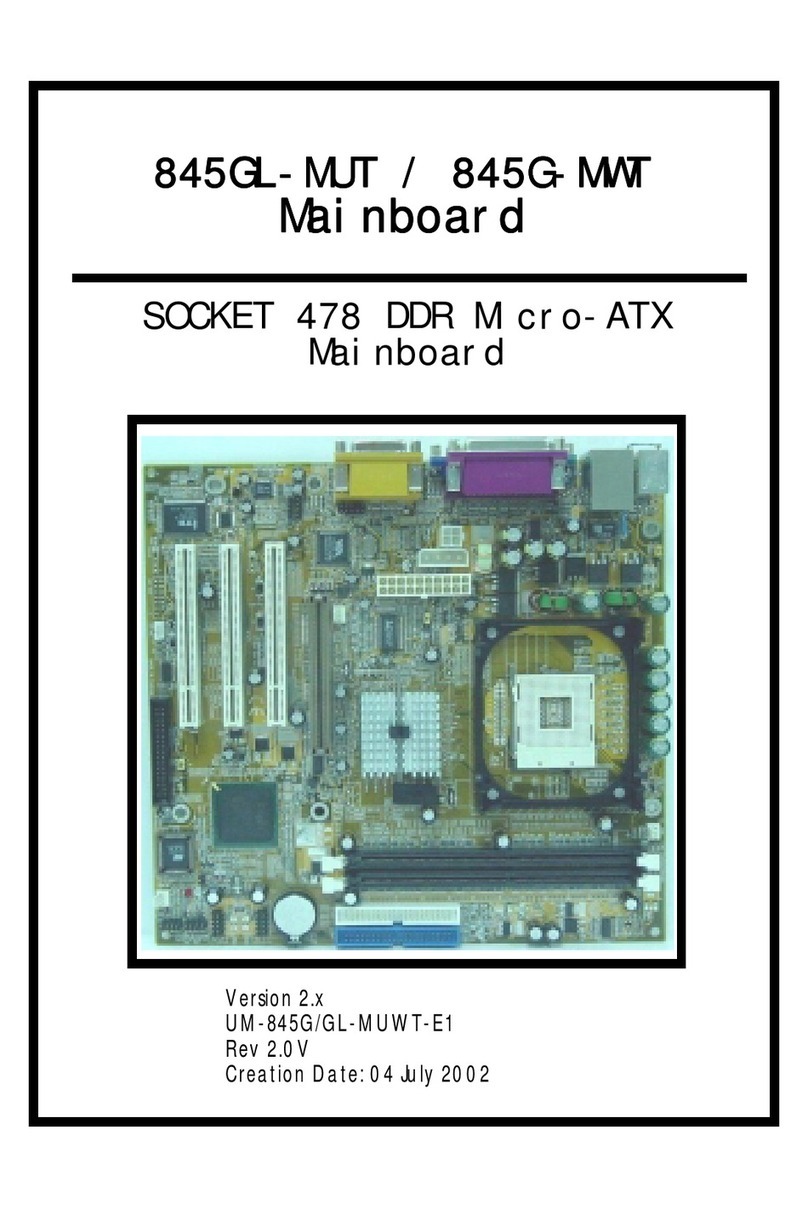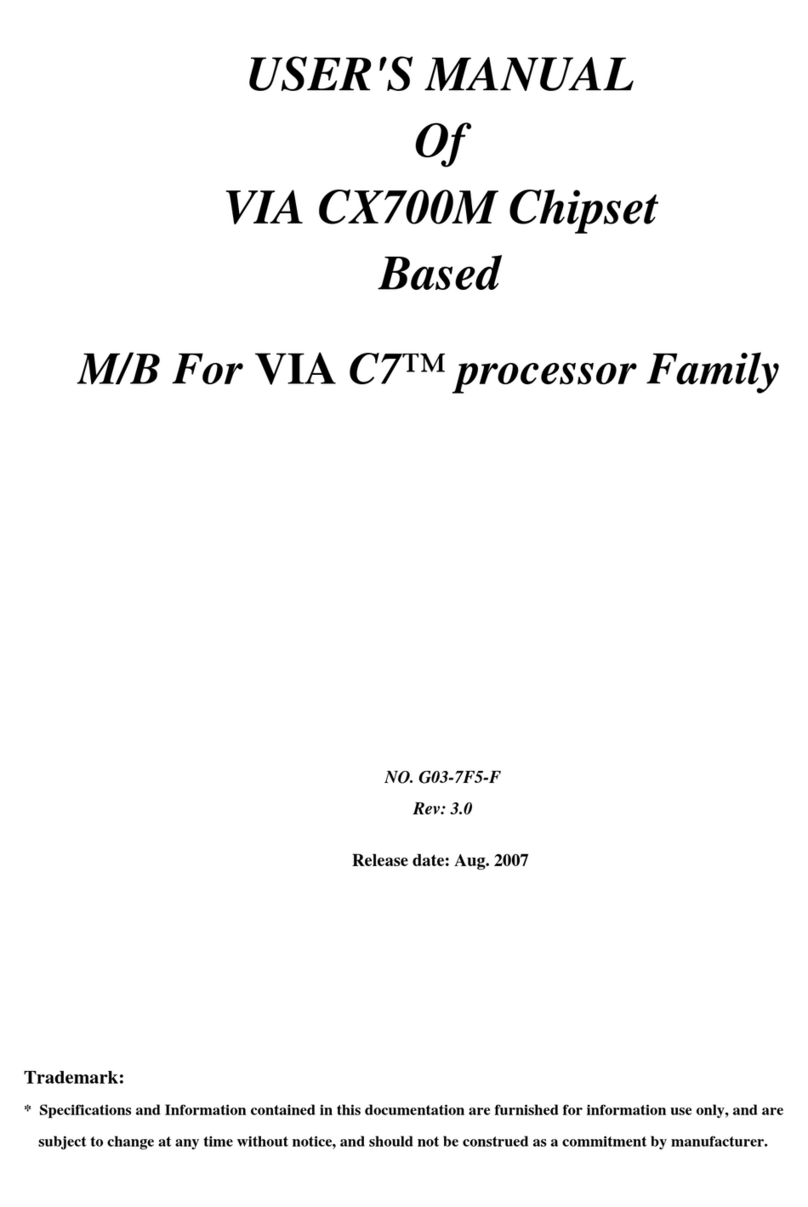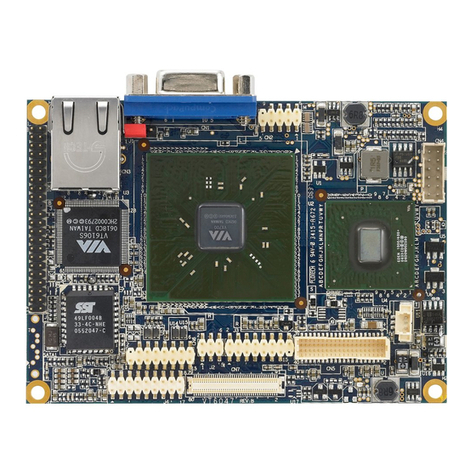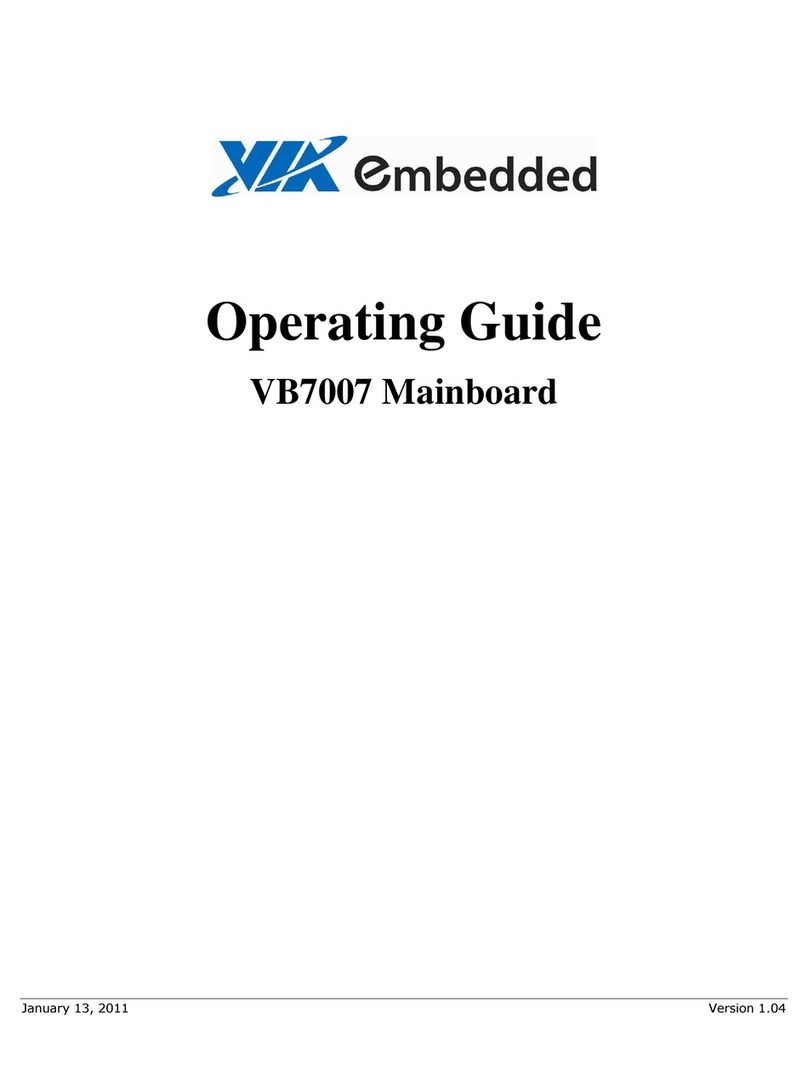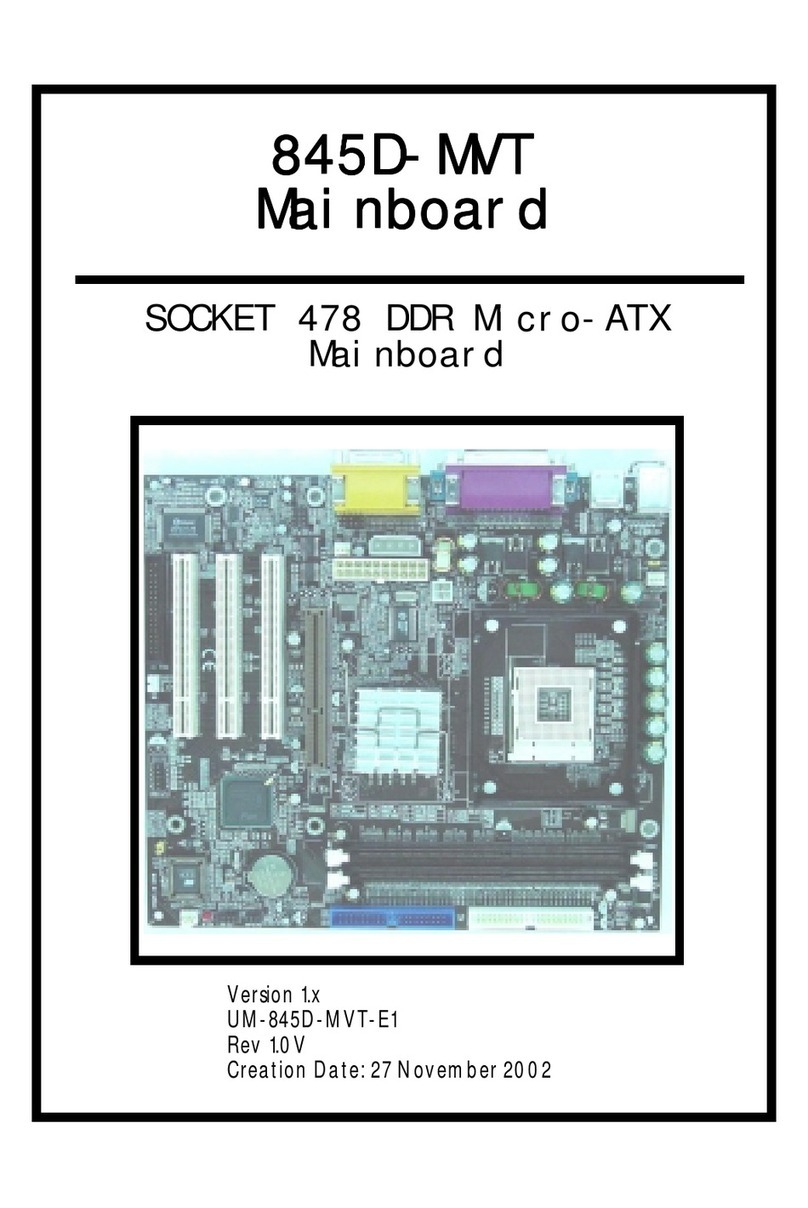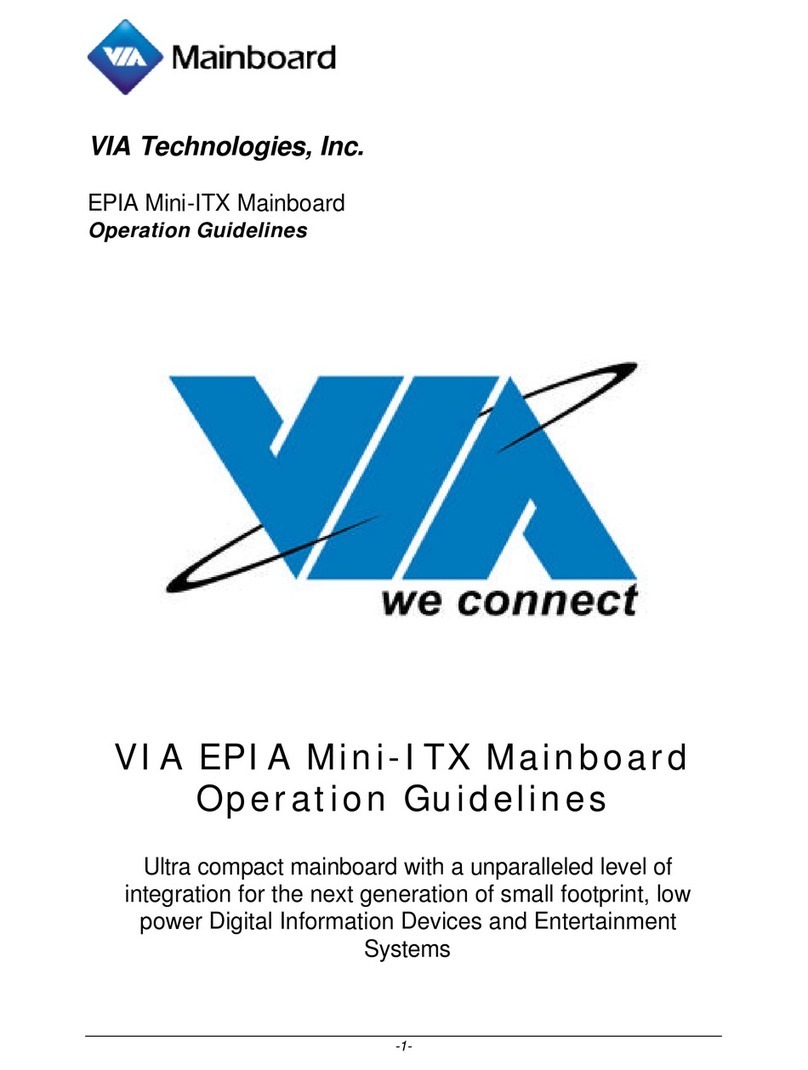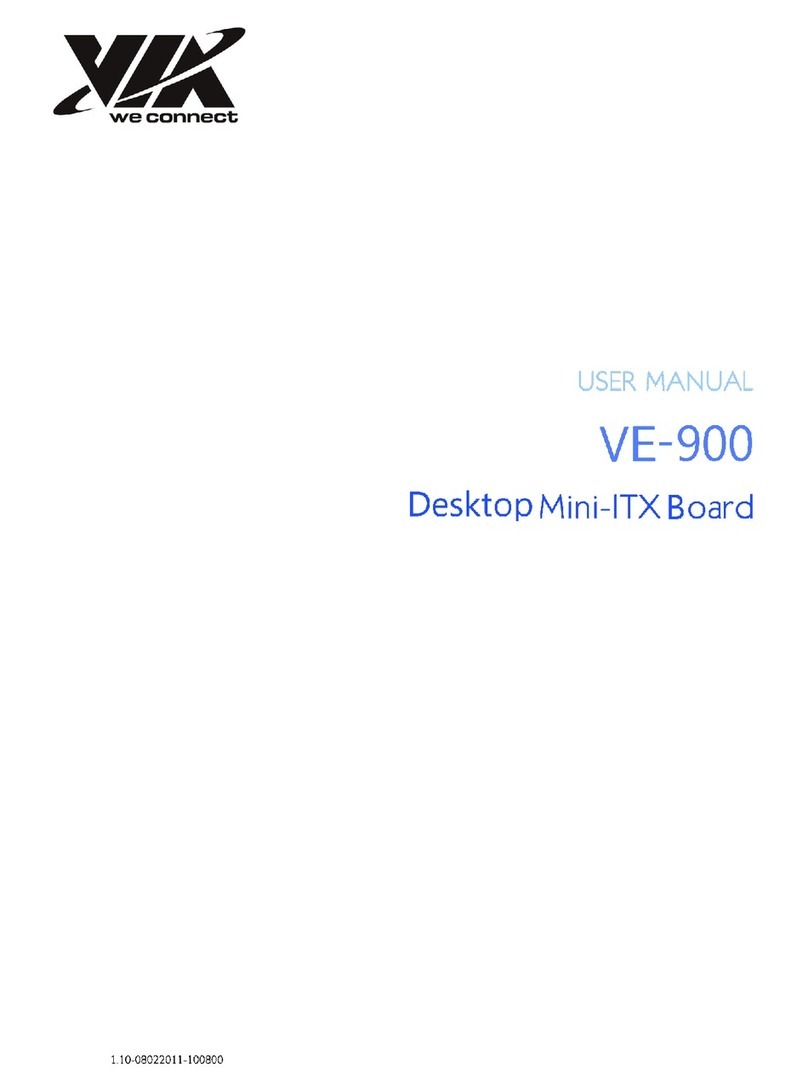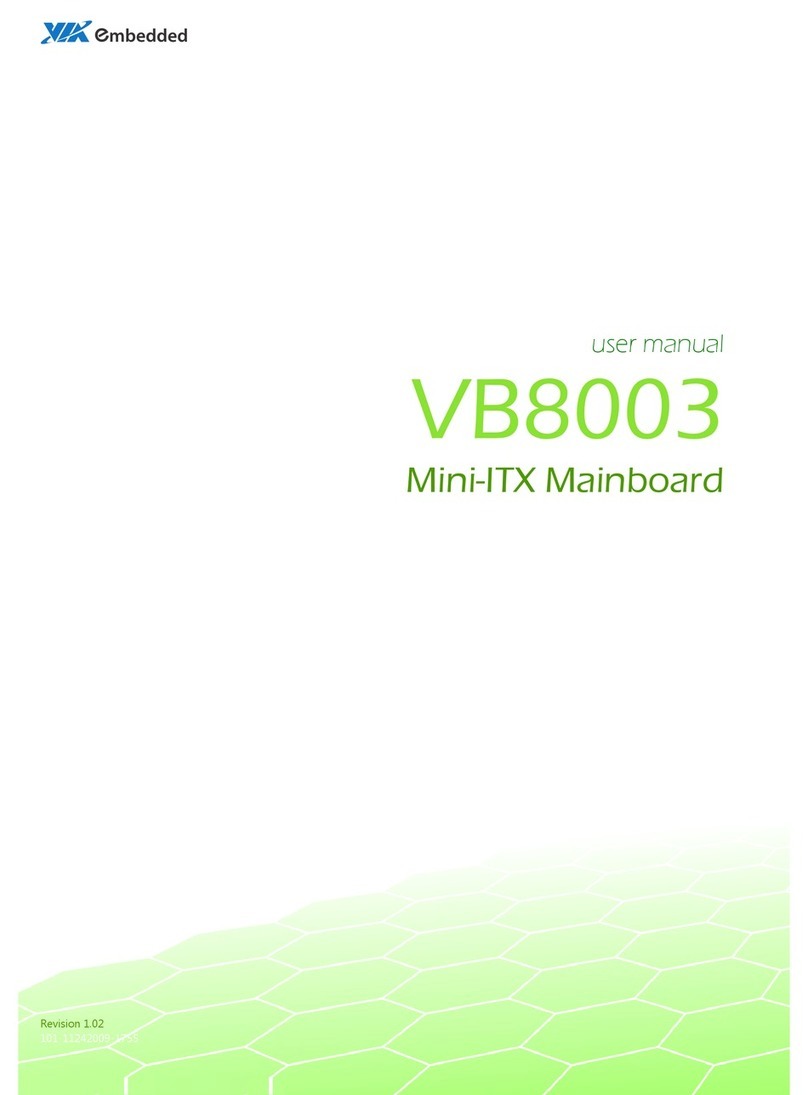
v
vv
v
Panel Power Selector: PVDD_SEL .................................................................. 21
Inverter Selector: IVDD_SEL............................................................................. 21
COM2 Power Select: J3...................................................................................... 22
RS232/RS422/RS485 Select ............................................................................. 22
Slots ................................................................................................................................ 23
Mini Peripheral Component Interconnect: MiniPCI .............................. 23
PCI Interrupt Request Routing ....................................................................... 23
Compact Flash Type I Connector: CF........................................................... 23
C
CC
C
C
CC
C
C
CC
Ch
hh
h
h
hh
h
h
hh
ha
aa
a
a
aa
a
a
aa
ap
pp
p
p
pp
p
p
pp
pt
tt
t
t
tt
t
t
tt
te
ee
e
e
ee
e
e
ee
er
rr
r
r
rr
r
r
rr
r
3
33
3
3
33
3
3
33
3 BIOS Setup....................................................................................................25
Entering the BIOS Setup Menu ........................................................................... 26
Control Keys ................................................................................................................ 27
Navigating the BIOS Menus ................................................................................. 28
Getting Help................................................................................................................ 29
Main Menu................................................................................................................... 30
Standard CMOS Features ................................................................................. 30
Advanced BIOS Features................................................................................... 30
Advanced Chipset Features ............................................................................. 30
Integrated Peripherals ....................................................................................... 30
Power Management Setup .............................................................................. 30
PnP/PCI Configurations..................................................................................... 30
PC Health Status................................................................................................... 31
Frequency/Voltage Control ............................................................................. 31
Load Optimized Defaults.................................................................................. 31
Set Supervisor Password................................................................................... 31
Set User Password ............................................................................................... 31
Save & Exit Setup................................................................................................. 31
Exit Without Saving............................................................................................. 31
Standard CMOS Features ...................................................................................... 32
Date ........................................................................................................................... 32
Time........................................................................................................................... 32
Video......................................................................................................................... 32
Halt On..................................................................................................................... 32
IDE Drives ..................................................................................................................... 33
IDE Channel 0 Master......................................................................................... 33
IDE Channel 0 Slave ............................................................................................ 33
IDE Channel 1 Master......................................................................................... 34
IDE Channel 1 Slave ............................................................................................ 34
Advanced BIOS Features........................................................................................ 36
Virus Warning........................................................................................................ 36
CPU L1 & L2 Cache ............................................................................................. 36
CPU L2 Cache ECC Checking........................................................................... 36
Quick Power On Self-Test ................................................................................ 37
First/Second/Third Boot Device..................................................................... 37
